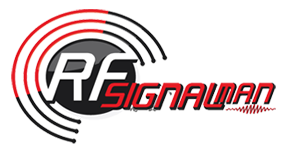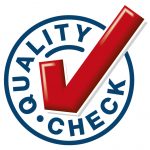When it breaks – it’s cheaper to get a new one. This is true for so many things these days from kitchen gadgets to printers and cell phones. With products becoming cheaper and cheaper to manufacture, the quality standard seems to be based on the time it takes something to fail. That being said…..wouldn’t you think the quality objective of something that is not supposed to fail…..say something your life depended on……should be very high.
Quality and survivability are extremely important to the First Responder. When your life depends on it, there is no place for cutting corners or using unreliable parts or equipment. That’s why Public Safety Radio systems are designed to be 99.9999% reliable (approximately 52 minutes of outage per year). The Radio is one of the most important tools used by First Responders and is crucial for support and coordinating on-site efforts. A delay in communications can have serious impacts to the outcome of an emergency situation. The following link provides an excellent overview of fire communications and how indoor coverage fits into the picture. http://iafc.org/files/commComm_GuideRadioCommForFireServ.pdf
The Building Owner is now responsible for Public Safety Radio coverage inside buildings. Although it may seem financially tempting to skimp on quality when first hit with a new requirement – it never pays in the long run. As a preventive measure, the FCC has just issued new rules for commercial, industrial and Part 90 users of Booster Systems that go into effect March 2014. These rules are accompanied with stiff fines starting at $100K. and a requirement to register equipment. http://wireless.fcc.gov/signal-boosters/index.html . High Quality Systems, Monitoring and Testing are the Best Practices to ensure compliance with CA Fire Code Section 510 and NFPA 72 requirements as well as keep the FCC off your back. https://law.resource.org/pub/us/code/bsc.ca.gov/gov.ca.bsc.2013.09.pdf


Leave A Comment